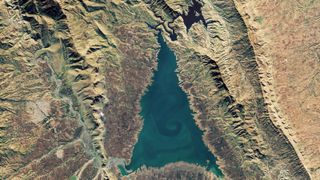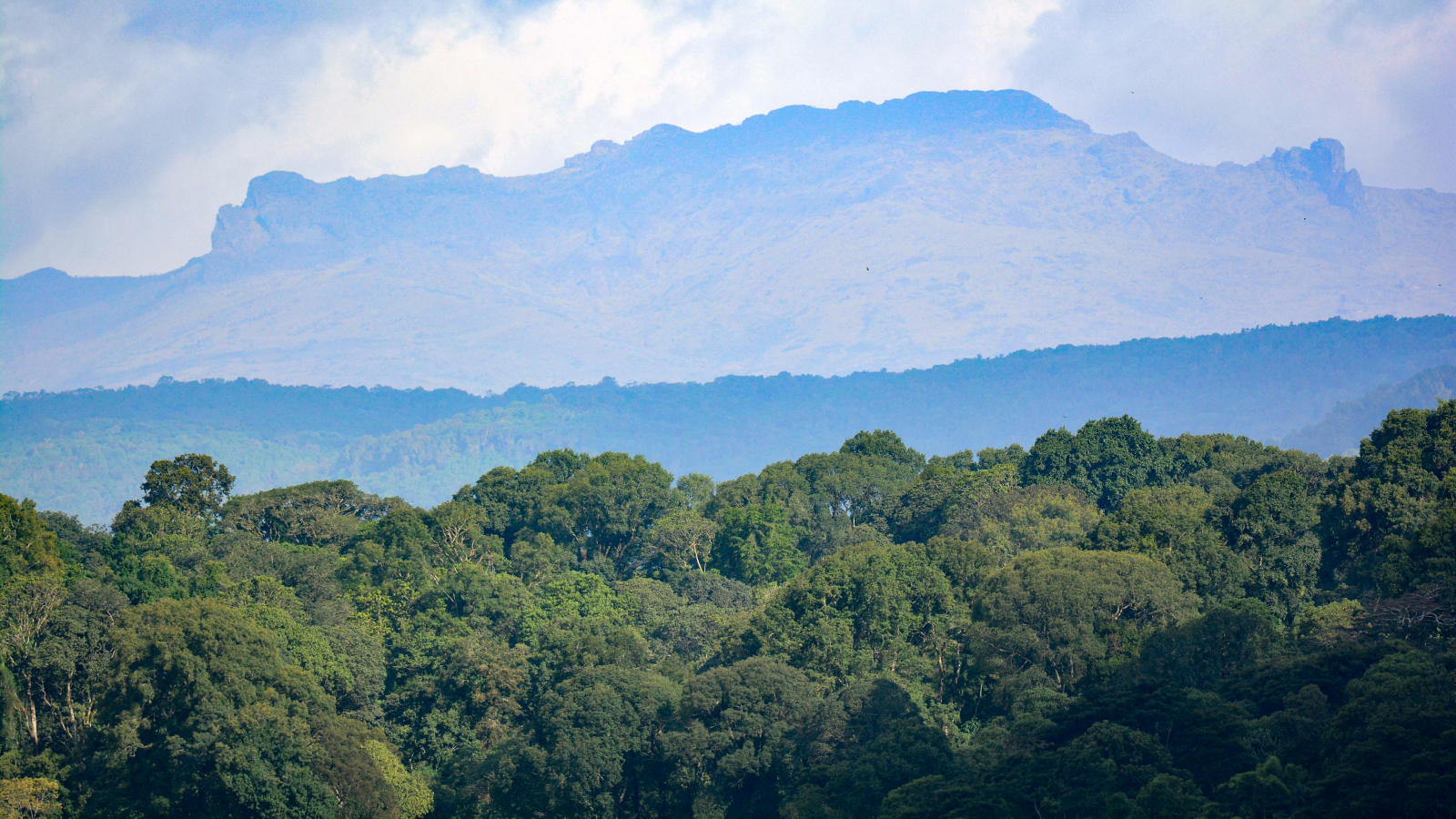
Harry Baker
Harry is a U.K.-based senior staff writer at Live Science. He studied marine biology at the University of Exeter before training to become a journalist. He covers a wide range of topics including space exploration, planetary science, space weather, climate change, animal behavior and paleontology. His recent work on the solar maximum won "best space submission" at the 2024 Aerospace Media Awards and was shortlisted in the "top scoop" category at the NCTJ Awards for Excellence in 2023. He also writes Live Science's weekly Earth from space series.
Latest articles by Harry Baker
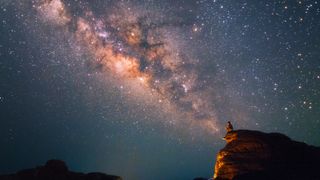
Milky Way quiz: How well do you know our home galaxy?
By Harry Baker published
Quiz Test your knowledge of the Milky Way's size, speed, age, galactic neighbors and more.

Mars quiz: Is your knowledge of the Red Planet out of this world?
By Harry Baker published
Quiz Think you know Mars? Test your knowledge of our neighboring planet's size, surface, history and more.

Newly discovered near-Earth asteroid isn't an asteroid at all — it's Elon Musk's trashed Tesla
By Harry Baker published
Astronomers have retracted the discovery of a new asteroid after realizing the object was the remains of Elon Musk's Tesla Roadster and its driver "Starman," which were launched into space in 2018.

Chinese astronauts make rocket fuel and oxygen in space using 1st-of-its-kind 'artificial photosynthesis'
By Harry Baker published
Astronauts on board China's "heavenly palace" space station have demonstrated a new way of making rocket fuel products and breathable oxygen by mimicking a chemical reaction in plants. The technology could be utilized in China's planned moon base.
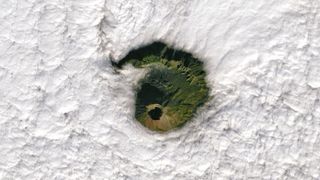
Italy's 'ticking time bomb' plays peek-a-boo through a mysterious hole in the clouds
By Harry Baker published
Earth from space This 2022 satellite photo shows the summit of "one of the world's most dangerous volcanoes," Mount Vesuvius, peering up through a strange gap in the clouds.
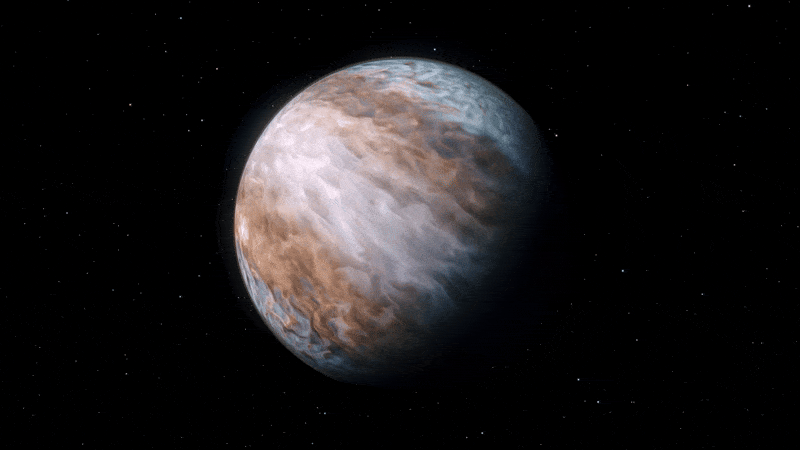
'Supersonic jetstream' with winds 130 times faster than a Category 5 hurricane spotted in the Milky Way
By Harry Baker published
The record-breaking winds are circling the nearby "puffy" exoplanet WASP-127b, and are traveling six times faster than the alien world spins.

Invisible 'flickering' on the sun could predict potentially dangerous solar flares hours in advance
By Harry Baker published
Images captured by NASA's Solar Dynamics Observatory have revealed that "coronal loops" give off subtle flashes of ultraviolet light before a solar flare, which could act as an early warning system for dangerous space weather.
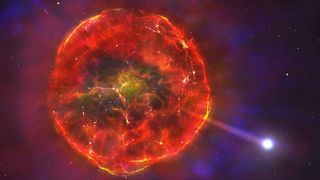
1st supernovas may have flooded the early universe with water — making life possible just 100 million years after the Big Bang
By Harry Baker published
A new study suggests that the explosive deaths of the universe's earliest stars created surprising quantities of water that may have sparked extraterrestrial life in the very first galaxies.
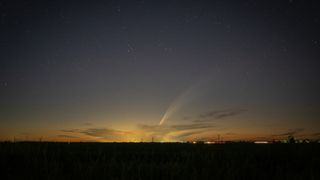
Comet C/2024 G3 ATLAS' 'near-death encounter' with the sun may have blown it apart, new photos suggest
By Harry Baker published
New photos of comet C/2024 G3 (ATLAS) suggest that it could be disintegrating due to "thermal stress" from its recent slingshot around the sun. However, its fate is still unclear.
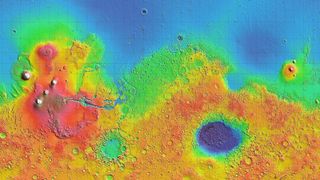
'Marsquakes' may solve 50-year-old mystery about the Red Planet
By Harry Baker published
Data collected by NASA's InSight lander suggest that ancient internal processes are responsible for the "Martian dichotomy" that splits the Red Planet into two distinct halves.
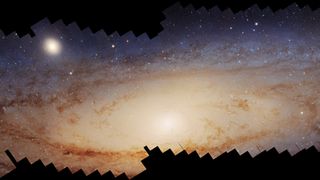
'Herculean' 2.5-billion-pixel mosaic shows our closest galactic neighbor like never before — and took more than a decade to create
By Harry Baker published
The new composite image, which combines hundreds of photos from the Hubble Space Telescope, shows the Andromeda Galaxy with more than 200 million individually resolved stars.
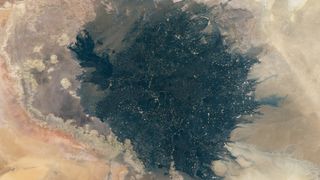
Massive field of ancient lava casts an eerie, gold-specked shadow in the Sahara
By Harry Baker published
Earth from space A stunning composite image, made up of three years' worth of satellite photos, shows the ancient lava of Libya's Haruj volcanic field interspersed with patches of golden sand.
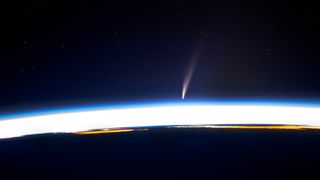
'Totally amazing' astronaut photo captures comet C/2024 G3 ATLAS shooting past Earth from the ISS
By Harry Baker published
NASA astronaut Don Pettit has snapped a striking shot of the super-bright comet racing past our planet for the first time in 160,000 years, as it lit up the night skies across the globe.
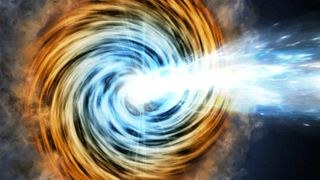
Supermassive black hole spotted 12.9 billion light-years from Earth — and it's shooting a beam of energy right at us
By Harry Baker published
The newly discovered "blazar," which has a mass equal to 700 million suns, is the oldest of its kind ever seen and changes what we know about the early universe.
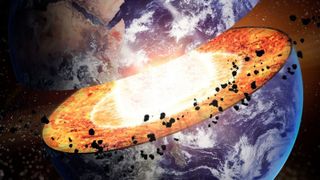
Scientists discover 'sunken worlds' hidden deep within Earth's mantle that shouldn't be there
By Harry Baker published
A new way of measuring structures deep inside Earth has highlighted numerous previously unknown blobs within our planet's mantle. These anomalies are surprisingly similar to sunken chunks of Earth's crust but appear in seemingly impossible places.

Svalbard's radioactive 'Bear Island' surrounded by rare cloud swirls and a giant algal bloom
By Harry Baker published
Earth from space A 2023 satellite image captured a pair of peculiar phenomena painting parallel swirls in the sea and sky around Norway's Bear Island, which is surrounded by extremely radioactive waters left behind by a doomed Soviet submarine.
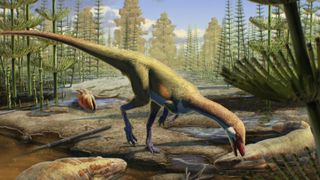
Oldest known dinosaur in North America is a 'chicken-size' raptor — and changes what we know about how dinos conquered Earth
By Harry Baker published
A newfound "chicken-size" dinosaur, recently unearthed in Wyoming, changes what paleontologists thought they knew about how dinosaurs spread across the globe.
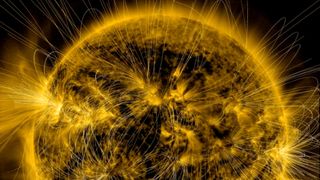
X-class solar flares hit a new record in 2024 and could spike further this year — but the sun isn't entirely to blame, experts say
By Harry Baker published
There were significantly more X-class solar flares in 2024 than any other year for at least three decades. The arrival of solar maximum was a key reason for the spike, but other factors were also at play.

Most of the atoms in your body left the Milky Way on a 'cosmic conveyor belt' long before you were born, new study reveals
By Harry Baker published
New research suggests that most of the atoms within the human body likely spent part of their lives drifting beyond the Milky Way on a cosmic "conveyor belt," before eventually returning to our galaxy.
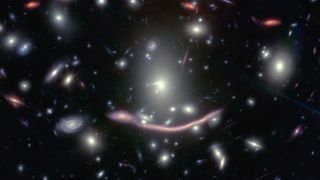
James Webb telescope spies record-breaking hoard of stars hiding in a warped 'dragon' galaxy
By Harry Baker published
Photos from the James Webb Space Telescope have revealed more than 40 stars within the gravitationally lensed "Dragon Arc" galaxy, 6.5 billion light-years from Earth. It is the largest group of individually imaged stars ever seen at such a distance.
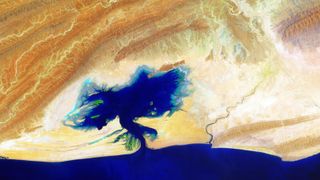
Pakistan's 'bleeding ink' lagoon brings life to harsh desert environment
By Harry Baker published
Earth from space This 2014 satellite photo shows Pakistan's Khor Kalmat tidal lagoon brimming with water at the heart of an arid desert. This fluctuating body of water, which looks like "ink bleeding onto parchment," helps support life in this harsh environment.

10 amazing things we found on Mars in 2024, from hundreds of 'spiders' to a 'Martian dog'
By Harry Baker published
From arachnid-like formations and mysterious blobs to an underground ocean and a giant volcano, here are our 10 favorite things scientists discovered on Mars this year.
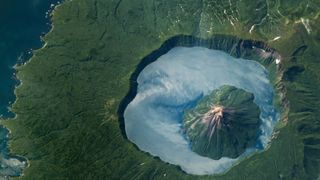
'Lake of clouds' appears between volcanic nesting dolls in Russia via rare mirror-like phenomenon
By Harry Baker published
Earth from space A 2023 astronaut photo captured a rare effect, known as sunglint, transforming the surface of one of Russia's deepest lakes into a sea of swirling clouds. The crater lake is sandwiched between a pair of unusual volcanic "nesting dolls" on a Pacific island.
Get the world’s most fascinating discoveries delivered straight to your inbox.

